Dispatches Do Brasil: VW Gol, Still The One

If the Volkswagen Gol is no longer Brazilians’ sweetheart after 27 long years as the most sold car in this market, there is another whole segment of automotive sales where the Gol unequivocally leads. That is that of secondhand car sales. Does this mean the Volkswagen is still favored by most Brazilians or is it simply a reflection of the Gol’s lost, but decades old, sales crown?
According to FENAUTO (the national federation that congregates individual states’ associations of secondhand car dealers), the Gol tops by a wide margin the compilation of most sold used cars. All by its lonesome, close to 1 in 10 used cars sold in 2014 were of the model. 1,148,128 Gols of all vintages were sold (compare that to the slightly over 183,000 brand new Gols that left showrooms last year).
In all, more than 11 million used cars changed hands last year (compared to more than 3.5 million brand-new ones, more than three times more). In a faraway second place (a German advantage of more than 460,000), the Fiat Uno. 682,286 of one of Giorgetto Giugiaro’s most successful and acclaimed designs found new homes. In third, the Fiat Palio at 621,535. Adding up both Fiats, they outpaced the VW by more than 150,000 transactions. Though of course two different models, the Fiats were remarkably similar throughout their careers and though the Gol led for the better part of the last three decades, Uno and Palio together have always sold more then the VW since 1996 when the Palio was launched. The Gol, an all-Brazilian design and developed car, arrived in 1980, while the Uno has been doing battle with it since 1984.
In fourth and fifth the first Chevrolets appear, Celta and Corsa, both of which at over 370,000 sales. A bit further down, the first Ford in sixth (the Fiesta at 250 thousand). Another Volkswagen is the seventh, the Fox (245 thousand), while the first pickup, the Fiat Strada, is eighth (242 thousand). In ninth and tenth, the most commercialized sedans, the Fiat Siena (225 thousand) and the Chevrolet Classic (214 thousand).
Interestingly, the Toyota Corolla is in twelfth (170 thousand sales). It is the only representative of a non-Brazilian Big Four (Fiat, GM, VW and Ford) brand. And, iIn a testament of the segment’s growing strength in a market that has trebled in size, an “SUV” launched in 2003, the Ford EcoSport, is the fourteenth most sold (140,000).
Volkswagen do Brasil has sold over 7.5 million Gols since the 80s. Apparently, 6 million are still on the road though in what state is impossible to determine as there is as yet no vehicle inspection program in this country (though both Rio de Janeiro and São Paulo states check cars for emissions and some visually verifiable items like tires). This is surely one of the reasons thrifty Brazilians buy the Gol in greater numbers than any other. In this country, Volkswagen still maintains a reputation for reliability, the more so the further back you go.
As such, Gols command a slight price advantage over their main rivals in the secondhand market. In spite of that, the Gol is considered an easy sell. To have a Gol is having “dinheiro na mão” (money in your hands) and this reputation lives on.
Being that Brazil is a continental country, local variations abound. São Paulo inhabitants, known as “Paulistas” have more money than any other in the country. In terms of brand-new car sales, two decades ago Paulistas bought more than 40% of brand-new cars in the country. The state’s sales ranking does not reflect sales in Brazil at large. As an example, Fiat is only third in state rankings (GM leads and VW is second) and Hyundai outsells Renault (and encroaches on Fiat in the city of São Paulo). Nowadays, Paulistas buy a little over 3 in 10 cars sold. In this way, the Gol’s leadership as the most secondhand car sold in Brazil is secure. However, as Paulistas’ participation in total cars sales decline, so should the Gol’s.
Another reason the Gol outsells all others is ease of repair. Since it’s been here since the 80s and has sold in greater numbers than competitors, there is a huge aftermarket parts and accessories industry pumping out everything a Gol needs to keep running. Volkswagen’s dealership network is the largest in Brazil, though it is widely known that consumers in this country run from the dealerships as soon as their warranties expire. Nonetheless, some parts are easier to find at the dealers than anywhere else, so the more remote the region in Brazil, the greater likelihood a Gol will have better support than most rivals. Also, mechanics see a lot of them everyday and know their ins and outs better than other cars’.
Finally, there is the historical weight of the 27 years of leadership and a presence of 35 years in the market. Having been the favorite for such a long time means there is a wellspring of goodwill and fondness for the model. Many parents will undoubtedly buy their scions Gols when they come of driving age as they recall their own cars lovingly. Those spending their own money will also tend towards the Gol remembering Gols in their pasts, owned by friends and family and, taking into consideration reliability, ease of repairs, availability of parts, and wide array of selection, will outright buy or finance a used Gol as it’s surely a “safe” bet. The sheer numbers sold guarantee that in used car dealer lots across the country, a potential buyer will see more Gols than other cars and will be able to pick and choose among a wider offering.
Over the Gol’s career, the Brazilian brand-new car market has gone from under one million sales a year to highs of 3.7 million two short years ago. The used car market has of course followed this exponential growth. That means that the car is becoming a true mass market product in Brazil (and according to some reports, in some regions, car penetration has achieved European levels, being that the one car for roughly every 2.5 inhabitants in São Paulo city is similar to some Western European countries’ levels). So more Brazilians than ever buy cars, brand-new or secondhand. For them, the Volkswagen brand offers a degree of psychological comfort as they reflexively buy the car that has been the market favorite and has become a synonym, wrongly or rightly, with what is considered true “brasilidade” (Brazilian-ness).

More by Marcelo de Vasconcellos
Latest Car Reviews
Read moreLatest Product Reviews
Read moreRecent Comments
- ToolGuy "Note that those vehicles are in direct competition with models Rivian sells"• I predict that we are about to hear why this statement may not be exactly true
- ToolGuy From the relevant Haynes Repair Manual:"Caution: The 4.6L models require a special tool to extract the water pump from the coolant crossover housing. This special tool is expensive and the removal procedure is difficult. Have the water pump replaced by a dealer service department or other qualified automotive repair facility if the tool is not available."One version of the tool is Lisle 14440; I paid $10.82 (less 5% discount, plus shipping).You can see why I never attempt my own maintenance or repairs. 😉
- Dave M. IMO this was the last of the solidly built MBs. Yes, they had the environmentally friendly disintegrating wiring harness, but besides that the mechanicals are pretty solid. I just bought my "forever" car (last new daily driver that'll ease me into retirement), but a 2015-16 E Class sedan is on my bucket list for future purchase. Beautiful design....
- Rochester After years of self-driving being in the news, I still don't understand the psychology behind it. Not only don't I want this, but I find the idea absurd.
- Douglas This timeframe of Mercedes has the self-disintegrating engine wiring harness. Not just the W124, but all of them from the early 90's. Only way to properly fix it is to replace it, which I understand to be difficult to find a new one/do it/pay for. Maybe others have actual experience with doing so and can give better hope. On top of that, it's a NH car with "a little bit of rust", which means to about anyone else in the USA it is probably the rustiest W124 they have ever seen. This is probably a $3000 car on a good day.
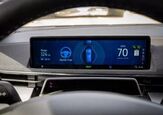
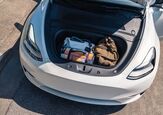

















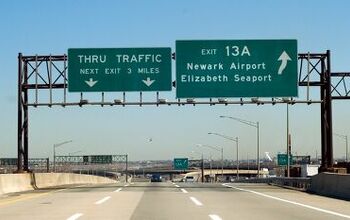

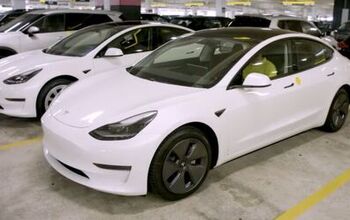
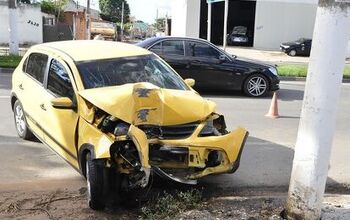
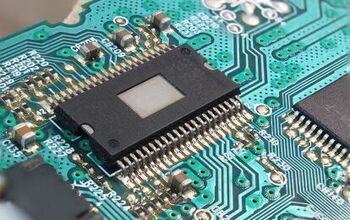

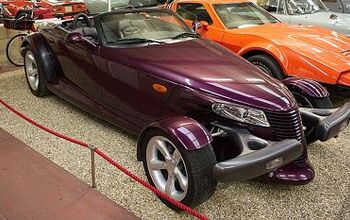
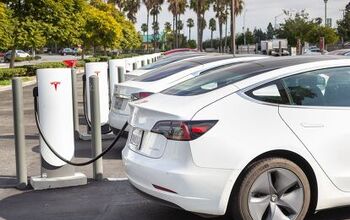
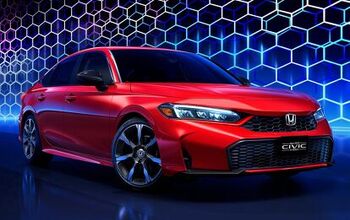

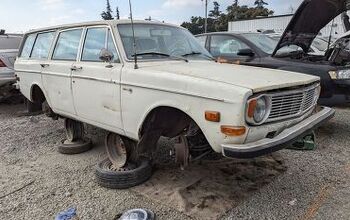
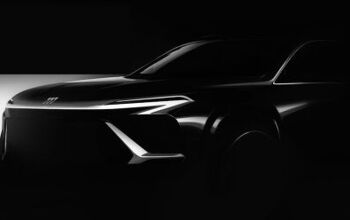
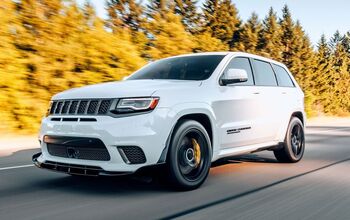
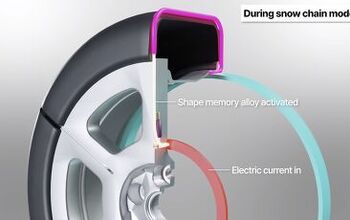
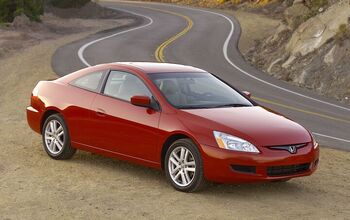
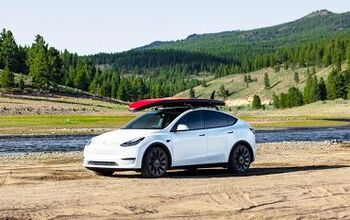
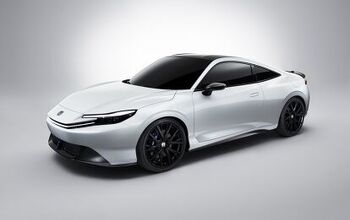

Comments
Join the conversation
Marcelo, I'm glad the Gol lost its crown. while I have nothing against the current car, I like any achievement by the non-"Big Four" crew. as for the Gol moniker, I hated the so-called Gol G4, when VW de-contented it to the bones. since then, I got a nerve on the brand... on the flipside, I like the Up but it is clearly not made for Brazil. the two-tone Gol GTS and GTi of the late eighties and early nineties were great cars, with their stylish Recaros, BBS wheels, that "four-balled" steering wheel and affordable performance. they were never my cup of coffee but I'm fond of such versions. it's sad that since the early-2000s, VW never dared to offer a spicy version of the Gol.
Hola Marcelo I think you covered in your articles the reasons of why the car is king in the used car market: difussion/volume, support network, mechanic's knowledge and cheap parts. You can also throw the sentimentalism there. You can also see why it won't go away from the Top 10 (or Top 5) new car sales anytime soon. I remember sitting a long time ago (I was a teenager) in a square one. I was unimpressed. The bolinha was a huge step forward. Regarding the Uno, I remember the 1.6R. It looked both hot and the part and was fast. At that time we had Camaro and Celica as OEM imports and whatever else you wanted from the US: Eclipse, Fox Mustang, Firebird... The Mitsu was particularly popular.